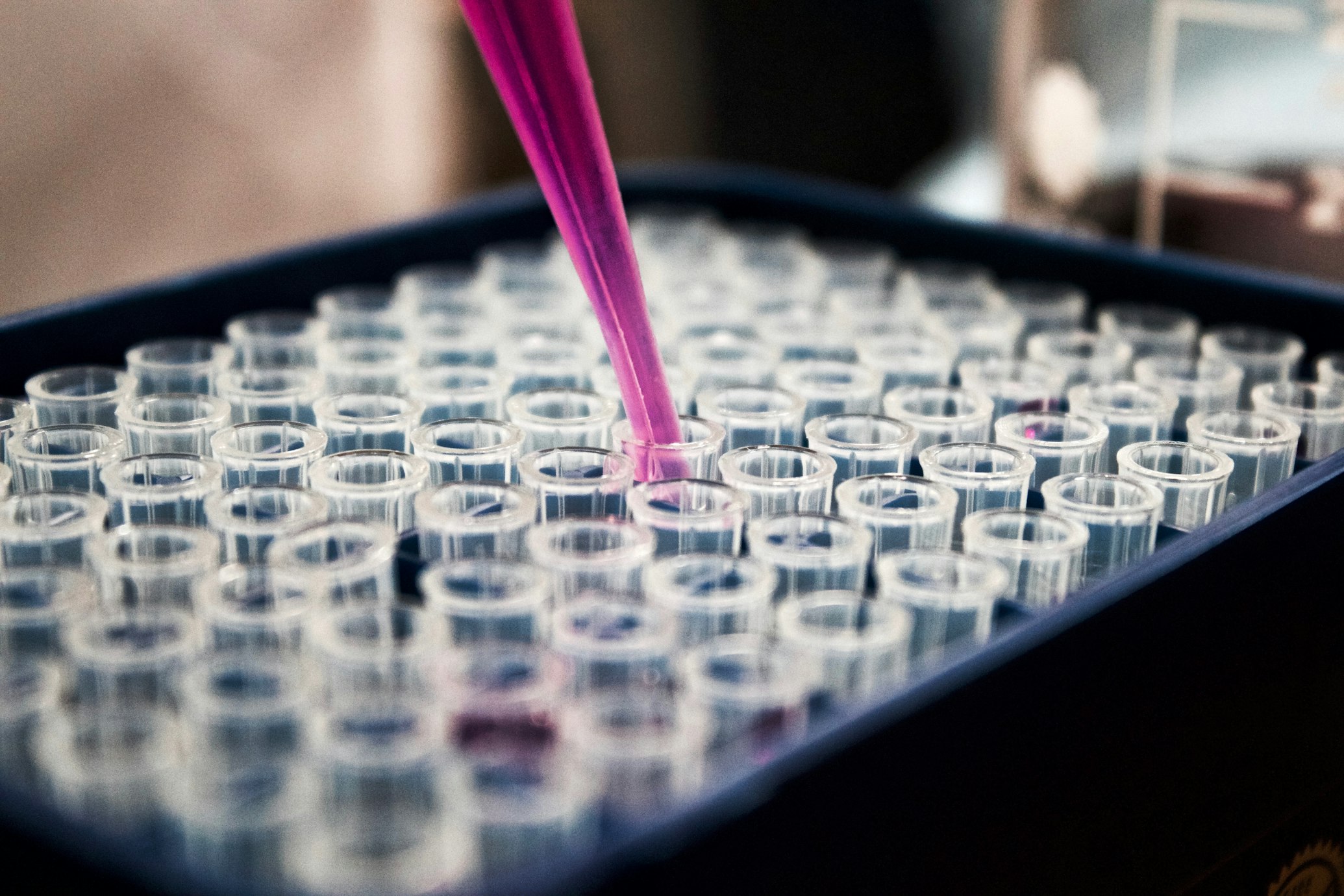The Invisible Architects
How Synthetic Supramolecular Chemistry is Building Our Future
Article Navigation
Imagine a molecular world where tiny building blocks spontaneously assemble into intricate structures—like LEGO® bricks that know exactly where to snap together—creating machines smaller than a human cell capable of delivering drugs, purifying water, or powering devices. This isn't science fiction; it's the revolutionary field of synthetic supramolecular chemistry, where scientists engineer "non-covalent" interactions to construct molecular architectures with life-like complexity.
Why Supramolecular Chemistry Matters
Unlike traditional chemistry focused on covalent bonds (where atoms share electrons), supramolecular chemistry exploits weaker forces—hydrogen bonding, metal coordination, and π-π stacking—to create dynamic, self-repairing structures. These systems mimic biology's genius: consider how DNA strands pair or how proteins fold with precision. Today, researchers harness these principles to design materials that respond to light, heal themselves, or adapt to environmental changes. Recent breakthroughs include:
With applications from targeted drug delivery to sustainable energy, this field is reshaping material science and medicine.
Key Concepts: The Language of Molecular Assembly

Host-Guest Systems
Molecular Hospitality
In these complexes, a "host" molecule (like a cage or ring) selectively traps a "guest" (e.g., a drug or pollutant). Recent innovations include:

Self-Assembly
Nature's Blueprint
Molecules spontaneously organize using programmed interactions. Examples include:

Mechanically Interlocked Molecules (MIMs)
Components linked like chains include rotaxanes (rings threaded on axles) and catenanes (interlocked rings). Breakthroughs feature:
In-Depth: The Tripeptide Armor Experiment
The Challenge
Proteins denature during drying, limiting their use in vaccines or portable diagnostics. Conventional stabilizers (e.g., sugars) offer limited protection.
Methodology: A Drying-Driven Shield 1 8
Design
Tripeptides (three-amino-acid chains) were engineered with hydrophobic and hydrophilic ends.
Dispersion
Tripeptides dissolved in water formed dynamic soluble aggregates.
Drying
Water evaporation triggered phase separation, assembling peptides into porous microparticles.
Encapsulation
Proteins trapped inside these particles during assembly were shielded from degradation.
Results and Analysis
The team achieved near-complete protein recovery after rehydration.
| Protein | Unprotected Recovery | Tripeptide-Protected Recovery |
|---|---|---|
| Lysozyme | 12% | 98% |
| Antibodies | 8% | 95% |
| Enzymes | 15% | 97% |
This works because the peptide matrix forms a sponge-like architecture, buffering proteins against mechanical and thermal stress. The pores allow rehydration without damaging the protein structure.
Why it matters
This approach could enable stockpiling of thermosensitive vaccines for global distribution.
The Scientist's Toolkit: Essential Supramolecular Reagents
| Reagent/Material | Function | Example Application |
|---|---|---|
| Benzene-1,3,5-tricarboxamide (BTA) | Forms helical stacks via hydrogen bonding | Supramolecular polymers 3 |
| Cyclodextrins | Cup-shaped hosts for guest encapsulation | Drug delivery, pollutant removal 8 |
| Pillar[n]arenes | Rigid macrocycles with tunable cavities | Water purification membranes 8 |
| Metallofullerenes (Y₂@C₇₉N) | Spin-active sensors monitoring phase changes | Crystallization analysis 1 |
| Overcrowded alkenes | Light-driven molecular motors | Artificial muscles 8 |
Molecular Visualization
Interactive molecular structure of Benzene-1,3,5-tricarboxamide (BTA)
Reagent Applications
Future Frontiers: Where Chemistry Meets AI and Biology
Intelligent Materials Design 7 9
Supramolecular chemistry's complexity—countless building blocks and pathway-dependent outcomes—makes trial-and-error approaches inefficient. Enter AI-driven platforms:
- Closed-loop systems combine robotics with machine learning to synthesize and test thousands of assemblies autonomously.
- Federated learning pools data from global labs to predict host-guest binding affinities.
Research Growth in Supramolecular Chemistry
The field has seen exponential growth in publications and patents over the past decade, reflecting its increasing importance across multiple disciplines.
Conclusion: The Molecular Renaissance
Synthetic supramolecular chemistry transcends traditional disciplines, merging biology's adaptability, physics' precision, and material science's functionality. As researchers decode the "grammar" of non-covalent interactions—aided by AI and high-throughput robotics—we edge closer to smart materials that self-assemble, sense, and respond. From stabilizing life-saving biologics to enabling carbon-neutral technologies, this invisible architecture isn't just fascinating science—it's the foundation of a sustainable future.
"Supramolecular chemistry is not just about making molecules; it's about making molecules that make themselves."